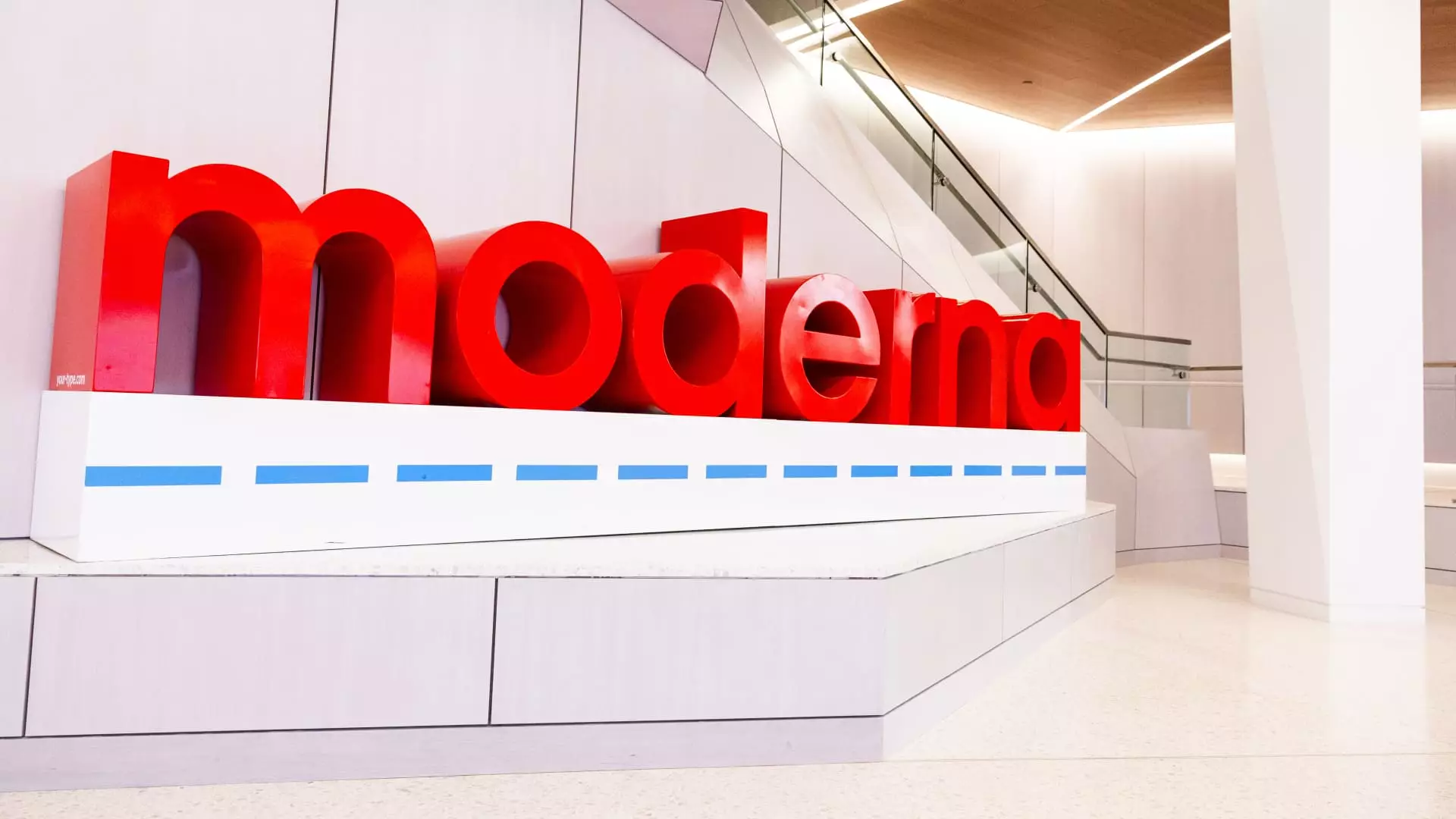7 Crucial Realities Behind Moderna’s Promising Flu Vaccine Breakthrough

Moderna’s recent announcement of a significantly improved flu vaccine using mRNA technology marks a major leap in pharmaceutical innovation—but the story isn’t as straightforward as it sounds. While Moderna’s phase three trial data boasts a 26.6% greater effectiveness over existing flu shots, the true test lies beyond clinical success: navigating a regulatory system caught in turmoil. With Health and Human Services Secretary Robert F. Kennedy Jr., a vocal vaccine skeptic, leading sweeping reforms at the FDA, the approval environment has grown increasingly unpredictable for pharmaceutical giants like Moderna. This reshuffling transforms what should be a scientific validation process into a minefield of political and ideological barriers.
From a center-right perspective that values efficiency, transparency, and the prudent use of government power, this evolving landscape is concerning. The FDA has traditionally balanced risk with reward in bringing life-saving medicines to market quickly, yet current upheavals risk hampering this equilibrium. Moderna’s cautious approach in withdrawing and resubmitting applications is understandable—but the broader uncertainty undermines public health by delaying access to better vaccines. The American healthcare system can ill afford these politically charged gridlocks when millions depend on timely innovations to save lives.
mRNA Technology: A Powerful Tool Still Struggling to Shake Off Doubt
Moderna’s mRNA-1010 flu vaccine distinguishes itself by not only improving efficacy but by promising to simplify vaccination efforts—potentially easing the burdens on healthcare workers pressed thin by pandemic aftershock. Combining COVID-19 and influenza protection into a single jab could revolutionize patient compliance and reduce systemic costs. Yet, this powerful technology remains shadowed by skepticism, both from new regulatory leadership and segments of the public still wary of mRNA’s rapid rise.
There is a palpable tension here—between the promise of cutting-edge science and a growing distrust fueled by political developments and misinformation. Moderna’s experience reveals a broader dilemma: innovations born in response to public health crises often face uphill battles when their deployment becomes entangled in culture wars. This dynamic underscores the importance of a regulatory framework insulated from ideology, focused instead on empirical evidence and real-world benefits.
The Economic Stakes: Navigating Multi-Billion Dollar Markets Amid Political Uncertainty
Moderna’s ambitions extend beyond the technical success of a single vaccine. As CEO Stephane Bancel notes, influenza, COVID-19, and respiratory syncytial virus markets each represent multi-billion-dollar opportunities. However, the company’s market potential is tightly interwoven with the ability to swiftly and smoothly navigate regulatory approvals. The U.S. federal government’s inconsistent approach—from canceling contracts to unpredictable policy shifts—casts a long shadow over business certainty and innovation incentives.
From a center-right viewpoint that prizes free markets and responsible innovation, these developments are double-edged. On one hand, competition among pharmaceutical giants drives improvements in public health tools; on the other, excessive politicization risks stifling advancement and discouraging investment. The private sector should be empowered to deliver solutions efficiently, with a regulatory body that serves as a reliable arbiter, not a battleground for ideological skirmishes.
Public Health Crisis and the Urgent Need for Better Flu Vaccines
Moderna’s data arrives at a dire moment. The CDC reported a 15-year peak in flu-related hospitalizations during the 2024-2025 season, with over 600,000 Americans hospitalized — an alarming sign that existing vaccines are insufficient. In the context of this public health emergency, Moderna’s breakthrough should be celebrated and fast-tracked, not mired in political interference.
Older adults, who face the highest flu lethality risk, showed a remarkable 27.4% improvement in protection with Moderna’s shot compared to the standard. This is not a marginal gain, but a potentially life-saving advance. Center-right proponents of individual responsibility and healthcare excellence should advocate for pragmatic policies that prioritize scientifically proven vaccines to protect the vulnerable and reduce the burden on hospitals.
Moderna’s Strategic Patience Amidst an Unstable Policy Environment
Moderna’s decision to withdraw its combined flu and COVID vaccine application for further data accumulation reflects a commendable commitment to robust evidence and regulatory due diligence. The willingness to delay rather than push prematurely speaks to a strategy focused on sustainable success rather than short-term wins. However, this prudent approach also underscores the fragility faced by innovators in a fragmented policy climate.
CEO Hoge’s optimism about a “pretty clear path” forward regarding the flu vaccine approval signals a guarded hope that science will ultimately prevail. But the unpredictability injected by leadership changes at HHS creates unnecessary risks that could delay critical vaccinations for millions. The American public deserves a system that respects innovation timelines and swiftly delivers public health benefits alongside rigorous safety standards.
Beyond the Headlines: The Real Lessons for U.S. Vaccine Policy
Moderna’s breakthrough vaccine trial data is undeniably a triumph of modern biotechnology, yet it exposes fissures in the American vaccine regulatory and policymaking apparatus. Effective public health interventions depend not just on scientific breakthroughs, but on institutional stability and rational governance—areas currently in flux. Center-right policy advocates must push for restoring balance: supporting innovation-driven healthcare solutions, resisting politicization of science, and ensuring clear, consistent regulatory pathways.
The pandemic forced rapid vaccine innovation, but sustaining momentum for future threats requires more than technology—it demands responsible stewardship of public institutions capable of fostering trust and accelerating access to superior medical products. Moderna’s journey highlights the urgent need for policy reforms that promote both innovation and public confidence without succumbing to ideological distractions.





